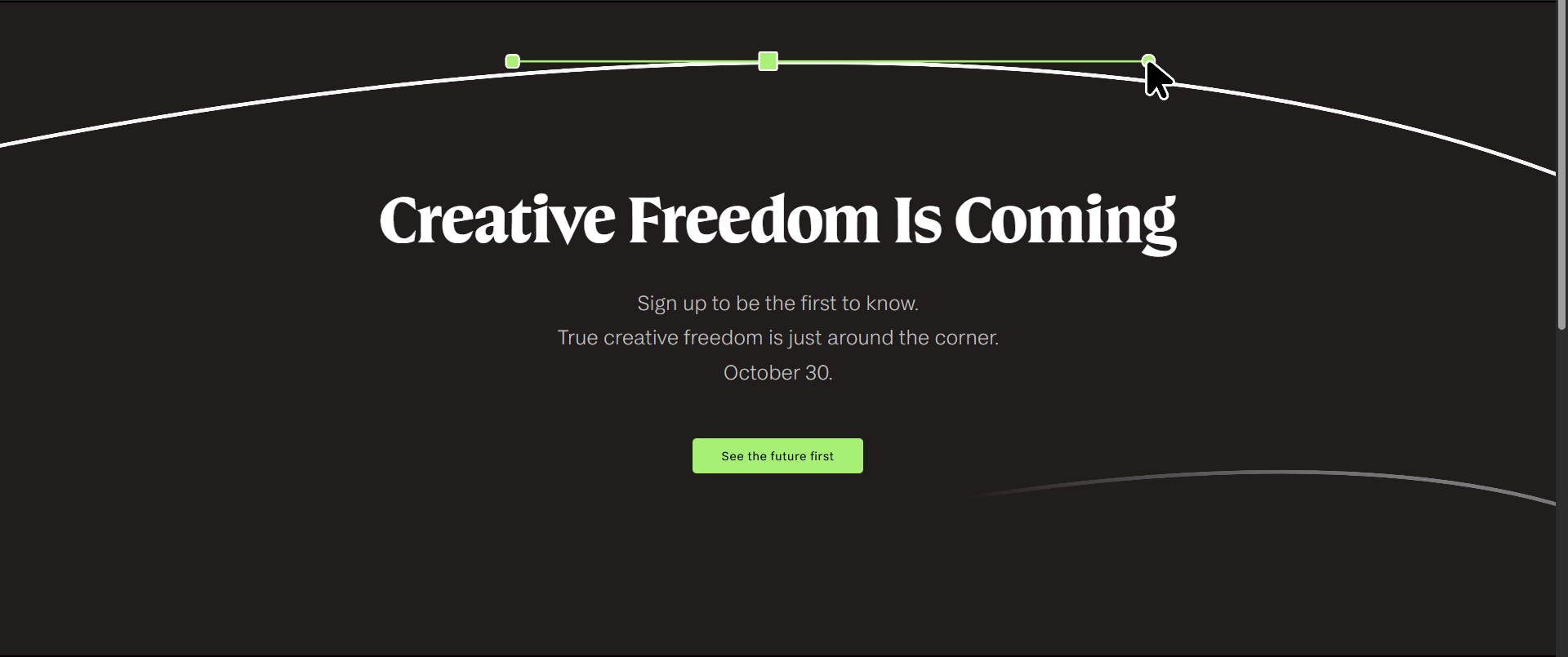Affinity Designer Users Concerned Over October 30 “Creative Freedom” Reveal
Affinity Designer, long praised for its powerful one-time purchase model and its position as an Adobe alternative, has become the subject of growing unease among creatives. With Affinity’s website paused for purchases and an ominous message stating “Creative freedom is coming. October 30,” many users, content creators, and forum communities are publicly voicing fears that the software’s licensing or business model could be fundamentally altered.
Earlier this week, reports surfaced that Affinity has temporarily disabled its ability to sell new licenses, shut down trials for prospective users, and placed its forums into read-only mode—all while teasing a major announcement on October 30. (One industry write-up noted that Affinity “paused all new software purchases ahead of a major announcement” as the company appears to prepare for a transition. ) The site displays a banner reading “We’re making space for what’s next. This short pause lets us transition cleanly without confusion between versions. Existing customers keep full access to their apps. This only affects new purchases and trials.”
Within the design community, reactions have ranged from hopeful anticipation to outright alarm. On the official Affinity forums, a transition notice published by company staff revealed that on October 6, the forums will shift into read-only mode, effectively freezing direct user discussion on that platform. The company invited users to relocate to a Discord server as their new community venue. Meanwhile, Reddit discussion has concentrated heavily on speculation and frustration; the “Affinity October 30th Megathread” captures comments from long-time users accusing the company of “locking people out of their work,” letting support vanish, and enforcing aggressive changes before clarifying what’s coming.
Many users express acute concern about the potential for a shift to subscription pricing or AI-credit models. Because Affinity was acquired by Canva in May 2024, there has been persistent anxiety that the software could be folded into “SaaS plus AI credits” models similar to those in Canva’s ecosystem. (One designer noted that the paused website and forum outage caused speculation that “Affinity may be following in Adobe’s footsteps.”) Some voices even worry that the “Creative freedom” language is a euphemism for a forced migration to subscription or AI-driven upsells.
Still, others in the community hold cautious optimism. A user on the official forum exclaimed, “SO EXCITED ABOUT OCTOBRE 30!!!” and hoped that the update might deliver a next generation of Affinity (sometimes referred to as “Affinity 3”) with AI features integrated from Canva, while retaining perpetual license options. The sentiment is that while the rollout is mysterious and unsettling, there remains faith among devoted users that the core experience and licensing values might be preserved.
The backdrop to this tension includes years of user grievances about bug handling, performance, and management transparency. As one longtime commenter put it on Hacker News, “Affinity is mismanaged and their developers have posted very publicly about being miserable there.” Users have repeatedly cited lingering performance issues, regressions in updates, and slow bug response as chronic pain points. Some creators have published essays reflecting a fear of betrayal: having chosen Affinity over Adobe because of its perpetual license philosophy, they now wonder whether the company will abandon that model entirely.
Because the pause affects new purchases and trials—not existing license holders—there is some buffer for current users. Affinity’s statement has guaranteed that “existing customers keep full access to their apps.” But the ambiguity remains: will future updates require a subscription, will major version upgrades become optional paid steps, or will AI-driven mini-transactions enter the mix? The lack of clarity has left many long-time professionals wary about future costs, potential disruption, or forced migrations.
As October 30 approaches, the stakes are high for Affinity’s reputation and user trust. If the reveal preserves a perpetual purchase option, maintains transparency, and introduces welcome new tools or AI integration without undermining user autonomy, many would likely forgive the uncertainty. But should the announcement shift toward aggressive monetization, subscriptions, or hidden traps, longtime users may feel betrayed and consider abandoning the platform altogether.

